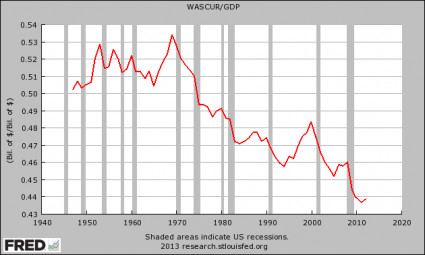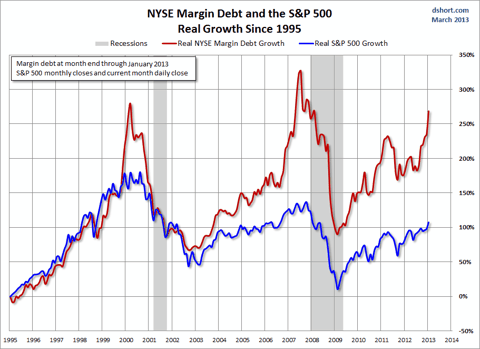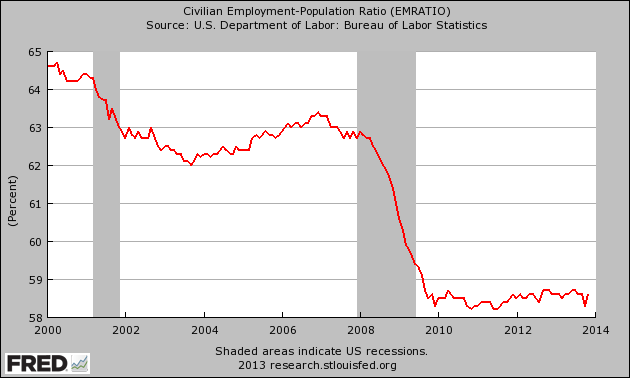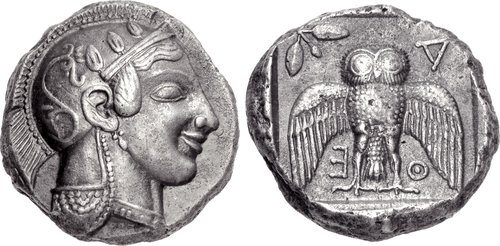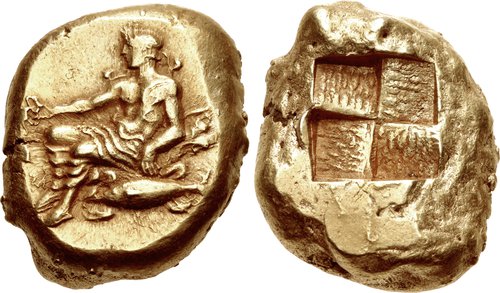Marc Faber: World Bankers Are Going To Bankrupt The World
16
share0

In a recent
interview with
Equity Management Academy,
Dr. Marc Faber and Patrick MontesDeOca outlined how he believes that
central banks around the world, by printing money, are setting up the
global economy for collapse.
Faber is the author and publisher of the
Gloom, Boom and Doom Report,which
highlights unusual investment opportunities, as well as several books
on investment. He was managing director of Drexel, Burnham Lambert, and
has lived in Hong Kong since 1973.
Faber believes that
demand for gold will continue to be high and, if anything will increase.
He said, “In Asia it has always been traditional to own gold….It was
illegal to own gold in China until about ten years ago. Now the
government is actually encouraging people to own gold.” Therefore, he
said, demand is “very strong” and, with increasing numbers of wealthy
people in Asia, “demand is rising very rapidly.” Furthermore, Faber
believes that if the Chinese economy slows down, the government in China
will do what governments everywhere else in the world have done, and print money. If that happens, then “gold demand from China would actually increase and not decrease.”
n the long view, Faber discussed that shift in the economic
balance of power from the Old World, which is Western Europe, the
United States and to some extent Japan to Asia, and especially China.
Much of the recent growth in the world economy has been in Asia.
However Western Central Banks still own about 21% of all the gold in the world, if they still have it, which is
“the big question Eric Sprott has raised on numerous occasions” in
interviews with EMA and others. China has about $3 trillion in
reserves, but only 2% or 3% of it is in gold. Faber argued that if China
follows the pattern of other emerging economies, it will slowly
increase its gold holdings, which will further increase demand.
He said, “I prefer to own physical gold and to store it outside the United States.”
He stressed that where you store your gold is an important issue, given
the possibility of government intervention in the personal ownership of
gold. Wherever you store it, however, he said, “I prefer to own
physical gold because I think the entire financial system is going to
collapse at some point in the future.”
As many experts have said before, he said, “I’ve been arguing for a long time that US monetary policies are a disaster.
You cannot purposely create bubbles to grow the economy. If do, get
bubbles….[and the] Damage to the economy is far greater than the earlier
benefit.”
He said, “They all
say Mr. Bernanke saved the world in 2008-2009, when in fact Mr.
Greenspan and Bernanke almost destroyed the world.”
Keeping interest
rates artificially low punishes savers, who have saved all their lives
for retirement. Money in the bank returns next to nothing, so savers are
forced to speculate and, Faber said, “it will end very, very badly.” He
does not know when it will end, but the longer it goes on, the farther
the economy will fall when it ends. There is, he said, no
end of such policies in sight. In November 2008 when QE was introduced,
there was talk of an exit strategy. “You never hear such talk now,” he
said. “We are going to go to QE99, because when governments introduce
new programs under the excuse of an urgent need to fix something,
usually these programs stay in place for a very long time. Maybe they’ll
do a cosmetic tapering at some point…but as soon as there is any sign
of a crisis, they’ll go to $150 billion a month or more.”

